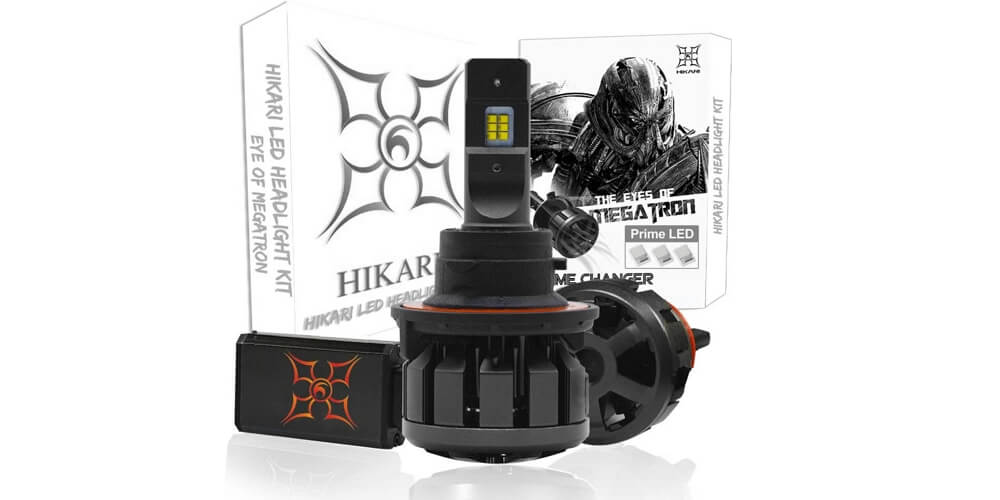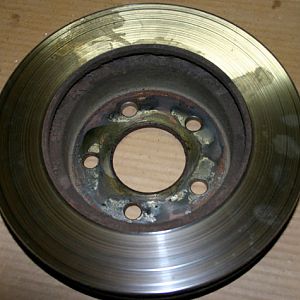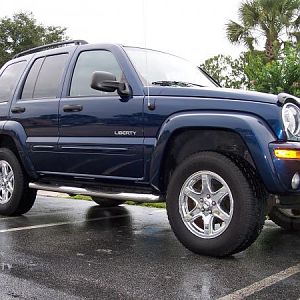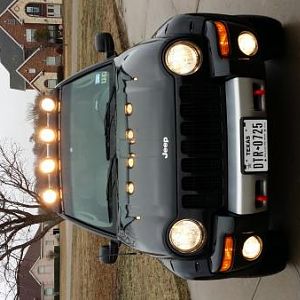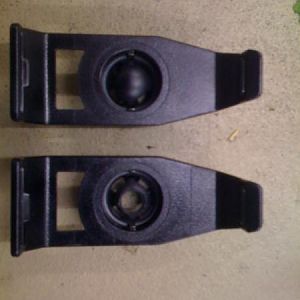Thinking of converting your halogen headlamps to HID or LED? ITs A BIG NO NO
Good HID and LED headlamps are terrific; they can offer excellent safety performance and driver comfort, but only if they're designed and built from the start as HID or LED headlamps. Installing an "HID kit" or "LED bulbs" in a halogen headlamp isn't an upgrade, it's a large and serious safety downgrade.
So you've read about HID and LED headlamps—maybe you've driven a car equipped with them—and now you want to convert your car. A few mouse clicks on the web, and you've found dozens of outfits offering to sell you an "HID kit" or a set of "LED bulbs" that will fit right in place of your car's halogen bulbs. Sounds great, right? It's not. STOP! Put away that credit card.
This article primarily discusses the problems with "HID kits", but the concept and most of the issues apply equally to the "LED bulbs" now flooding the market. Like "HID kits", they are not a legitimate, safe, effective, or legal product. No matter whose name is on them or what the vendor claims, they are a fraudulent scam. They are not capable of producing the right amount of light in the right distribution pattern for the lamp's optics to work. The particular details of the incompatibility are different for LED vs. HID, but the principles and problems are the same overall. In one sentence: halogen headlamps must use halogen bulbs or they don't—can't—won't work effectively, safely, or legally.
An "HID kit" or "LED conversion" consists of HID ballasts and bulbs (or "LED bulbs") for retrofitting into a halogen headlamp. Kits for replacement of standard round or rectangular sealed-beam headlamps usually include a poor-quality replaceable-bulb headlight lens-reflector unit that's not safe or legal even when equipped with the intended (usually H4) halogen bulb. Often, these products are advertised using the name of a reputable lighting company ("Real Philips kit! Real Osram kit! Real Hella kit! Real Cree LEDs!", etc) to try to give the potential buyer the illusion of legitimacy. On rare occasion, some of the components in these kits did start out as legitimate HID headlight bulbs made by reputable companies, but they are modified (hacked) by the "HID kit" suppliers, and they aren't being put to their designed or intended use. Reputable companies like Philips, Osram, Hella, etc. never endorse this kind of hacked usage of their products. Nevertheless, it's easy to get "HID kits" from China bearing the (unauthorised, counterfeit) brands of major, reputable companies. See this page for just a few examples of the many packaging options offered by just one Chinese maker of "HID kits".
Halogen headlamps and HID headlamps require very different optics to produce a safe and effective—not to mention legal—beam pattern. How come? Because of the very different characteristics of the two kinds of light source.
A halogen bulb has a cylindrical light source: the glowing filament. The space immediately surrounding the cylinder of light is completely dark, and so the sharpest contrast between bright and dark is along the edges of the cylinder of light. The ends of the filament cylinder fade from bright to dark. An HID bulb, on the other hand, has a crescent-shaped light source -- the arc. It's crescent-shaped because as it passes through the space between the two electrodes, its heat causes it to try to rise. The space immediately surrounding the crescent of light glows in layers...the closer to the crescent of light, the brighter the glow. The ends of the arc crescent are the brightest points, and immediately beyond these points is completely dark, so the sharpest contrast between bright and dark is at the ends of the crescent of light.
FROM danielsternlighting
Good HID and LED headlamps are terrific; they can offer excellent safety performance and driver comfort, but only if they're designed and built from the start as HID or LED headlamps. Installing an "HID kit" or "LED bulbs" in a halogen headlamp isn't an upgrade, it's a large and serious safety downgrade.
So you've read about HID and LED headlamps—maybe you've driven a car equipped with them—and now you want to convert your car. A few mouse clicks on the web, and you've found dozens of outfits offering to sell you an "HID kit" or a set of "LED bulbs" that will fit right in place of your car's halogen bulbs. Sounds great, right? It's not. STOP! Put away that credit card.
This article primarily discusses the problems with "HID kits", but the concept and most of the issues apply equally to the "LED bulbs" now flooding the market. Like "HID kits", they are not a legitimate, safe, effective, or legal product. No matter whose name is on them or what the vendor claims, they are a fraudulent scam. They are not capable of producing the right amount of light in the right distribution pattern for the lamp's optics to work. The particular details of the incompatibility are different for LED vs. HID, but the principles and problems are the same overall. In one sentence: halogen headlamps must use halogen bulbs or they don't—can't—won't work effectively, safely, or legally.
An "HID kit" or "LED conversion" consists of HID ballasts and bulbs (or "LED bulbs") for retrofitting into a halogen headlamp. Kits for replacement of standard round or rectangular sealed-beam headlamps usually include a poor-quality replaceable-bulb headlight lens-reflector unit that's not safe or legal even when equipped with the intended (usually H4) halogen bulb. Often, these products are advertised using the name of a reputable lighting company ("Real Philips kit! Real Osram kit! Real Hella kit! Real Cree LEDs!", etc) to try to give the potential buyer the illusion of legitimacy. On rare occasion, some of the components in these kits did start out as legitimate HID headlight bulbs made by reputable companies, but they are modified (hacked) by the "HID kit" suppliers, and they aren't being put to their designed or intended use. Reputable companies like Philips, Osram, Hella, etc. never endorse this kind of hacked usage of their products. Nevertheless, it's easy to get "HID kits" from China bearing the (unauthorised, counterfeit) brands of major, reputable companies. See this page for just a few examples of the many packaging options offered by just one Chinese maker of "HID kits".
Halogen headlamps and HID headlamps require very different optics to produce a safe and effective—not to mention legal—beam pattern. How come? Because of the very different characteristics of the two kinds of light source.
A halogen bulb has a cylindrical light source: the glowing filament. The space immediately surrounding the cylinder of light is completely dark, and so the sharpest contrast between bright and dark is along the edges of the cylinder of light. The ends of the filament cylinder fade from bright to dark. An HID bulb, on the other hand, has a crescent-shaped light source -- the arc. It's crescent-shaped because as it passes through the space between the two electrodes, its heat causes it to try to rise. The space immediately surrounding the crescent of light glows in layers...the closer to the crescent of light, the brighter the glow. The ends of the arc crescent are the brightest points, and immediately beyond these points is completely dark, so the sharpest contrast between bright and dark is at the ends of the crescent of light.
FROM danielsternlighting


